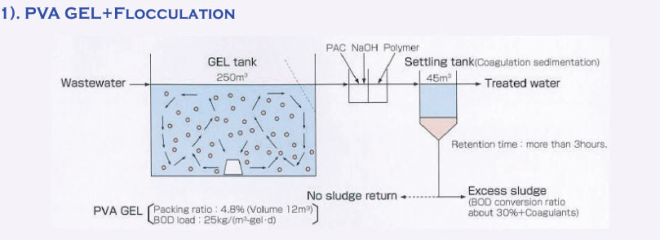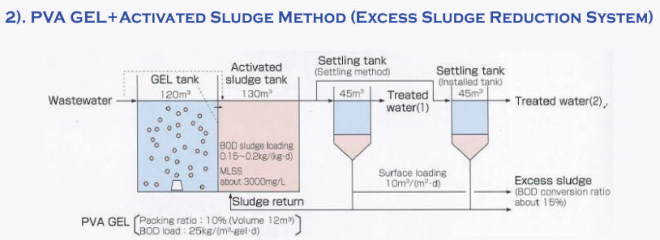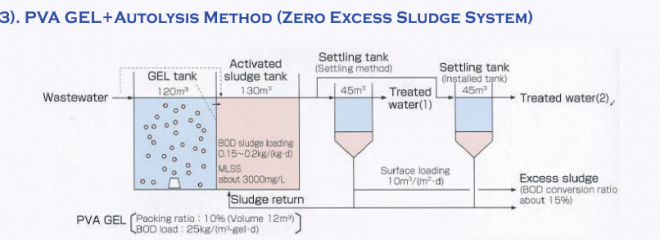KURAGEL™ for Waster Water Treatment
Advantages
- Formed as 4 mm spherical beads having specific gravity of 1.025±0.01 and thus excellent fluidity in water requiring minimal energy for mixing
- PVA gel has a network of minute pores about 20 microns in diameter tunneling through each bead. Useful bacteria can thus be enriched in large numbers in the protective core of the beds greatly reducing sloughing of biomass while maintaining stable treatment effectiveness often at rates in excess of 25kg BOD/m3-gel/day
- PVA gel treatment yields less excess sludge as compared to conventional biological method
- PVA gel has a very high water content due to its extensive porosity, thus allowing for favorable permeability of oxygen and nutrients to the bacteria colonized inside the beads
- Polymerized PVA gel is essentially insoluble in water and is not known to be biodegradable
- Depending on characteristics of the wasterwater, treatment ability using PVA gel can be enhanced upto 5 times that of conventional activated sludge, thus allowing for upgrading existing overloaded systems or for design of new process units with gratly reduced footprints
- In addition to removal of organic compunds (BOD), PVA gel can also be used for nitrification and denitrification as well as treatment of various industrial pollutants
Treatment for BOD Removal
An existing wastewater treatment plant is considered that has 250 m3 activated sludge tank and a 45m3 clarifier. The plant is originally designed to handle 150 m3/d with an influent BODs of 1000 mg/L. However the plant is now in need of an upgrade to handle an increased flow of 300 m3/d (with the same BOD) for which three design options are shown in slide. A conventional activated sludge system would require about twice the existing tank volumes to treat the increased loading.



